Village of the Week: How the wartime discovery of boat ruins linked North Ferriby to ancient Egypt
But North Ferriby makes for an interesting place.
Yes a stroll along the High Road isn’t necessarily remarkable. A pub, , chemist, a Co-op, church, parish hall, primary school, restaurant, take aways and hair salons - it is what you’d hope (but sometimes don’t) to find in most villages as these are the amenities that bring and keep people and communities together.
However, on closer inspection there is quite a mix of buildings and the grander and larger buildings, that are dotted between the obviously more modern and uniform properties, can’t fail to attract your attention.
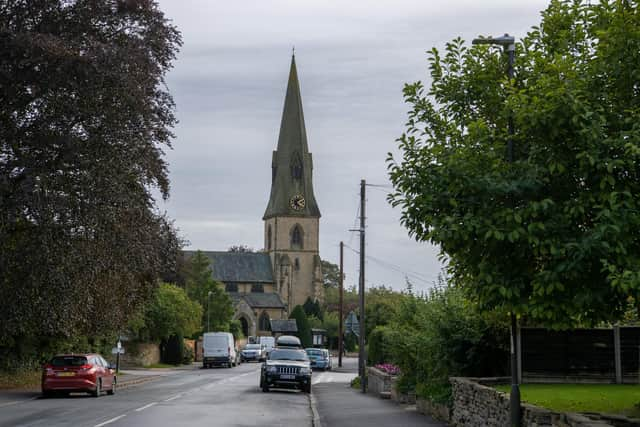

Advertisement
Hide AdAdvertisement
Hide AdYou find it in other towns and villages where such grandeur fronts the main street. Years back it represented ‘the’ place to be and be seen.
And in North Ferriby one can gleam that these houses were the same, with suggestion that they were the homes of merchants and their families.
North Ferriby’s history is one intrinsically linked with shipping and sea-faring and here is quite a remarkable story.
In 1931, wooden planks belonging to an ancient boat were discovered by local man Ted Wright on the shore of the Humber. And then two more.
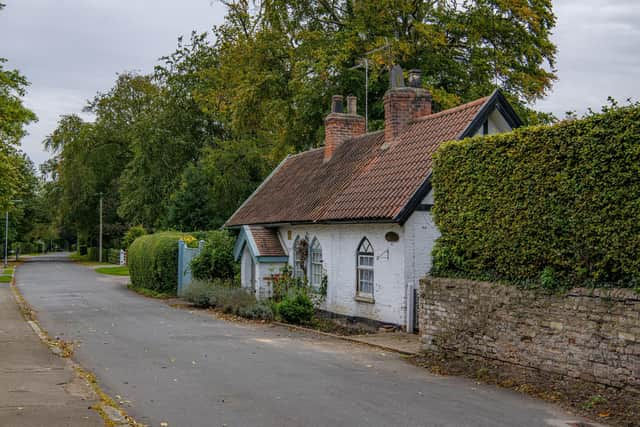

Advertisement
Hide AdAdvertisement
Hide AdThe story is taken up with an account about All Saints Parish Church in the Beverley and District Ringing Society booklet.
It says that two local young men, who liked to search the foreshore for items from yesteryear, in 1937 and 1940 discovered what turned out to be the remains of two very old boats.
However as the Second World War rolled on it wasn’t until years later that the boats were recovered from the mud, cleaned up and examined.
Modern carbon dating techniques have established that the oak planked boats were built around 1500BC, the early middle Bronze Age, and possibly makes North Ferriby the site of the earliest sewn plank boats outside of Egypt.
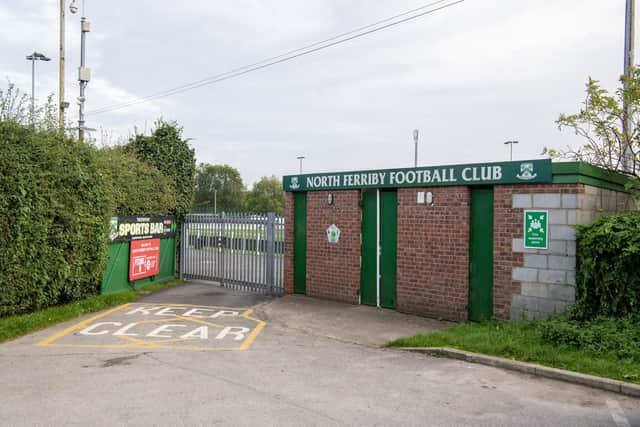

Advertisement
Hide AdAdvertisement
Hide AdOnly a small number of similar boats have ever been found in Britain.
One of the brothers discovered a third boat in 1963 and this is now in the Hull Museum while the first two are in the National Museum at Grenwich.
Little else is known about the area around North Ferriby until many years later and the arrival of The Danes from around 900AD. The choice to settle at Ferriby was due to its marine location and Ferriby is derived from the concept of ‘place by ferry’.
The wool trade was booming by the 12th century and in turn the village as it was a useful port location for doing business on the continent.
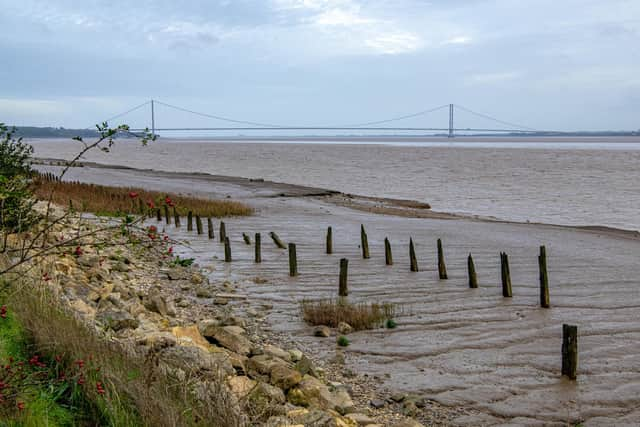

Advertisement
Hide AdAdvertisement
Hide AdA wooden church had been built to meet the needs of the growing population and would later be replaced by a stone one following fire. The current parish church was constructed between 1845 and 1848 and is Grade II listed after the previous church was deemed unsafe and in need of rebuilding.
However, North Ferriby Priory was founded in 1160 by William de Vescy but would be dissolved along with the lesser monasteries, in 1536. The site of this priory is said to have been in the possession of 100 different people "in the space of no more than 130 years after its dissolution”.
While the buildings have been demolished, the priory is still remembered by the street name "Priory Avenue" and in the "Priory Rooms" of the village hall.
Also in modern day North Ferriby, there are near on 4,000 inhabitants and some famous ones amongst them.
Advertisement
Hide AdAdvertisement
Hide AdCallum Scott, the singer songwriter who appeared on Britain’s Got Talent in 2015 and former X Factor contestant, Andy Pemberton, are from North Ferriby.
So too was the anti-slave campaigner William Wilberforce (1759 to 1833) and George Witty (1856 – 1941) a New Zealand Member of Parliament for Riccarton, in the South Island. He was born in North Ferriby and left England in 1875 with just two shillings in his pocket.
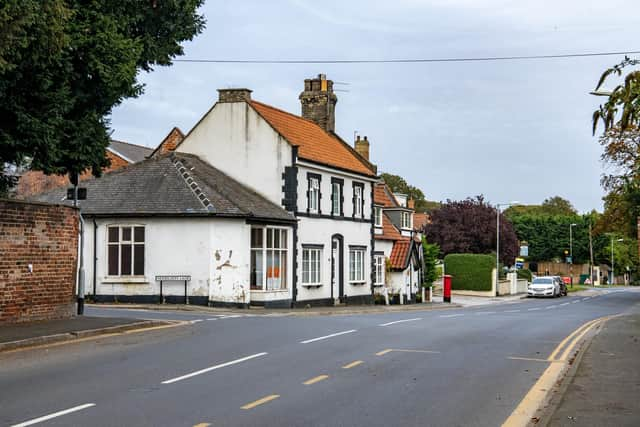

One of the most famous lower league football clubs, North Ferriby United formed in 1934 and won the league just four years later.
There was success in the post war years and in 1969, made it into Division Two of the Yorkshire League and won it the next season. They reached the FA Cup third round in the 1980–81 season and lost away to Boston United.
Advertisement
Hide AdAdvertisement
Hide AdIn 1982 they joined the newly formed Northern Counties East Football League, finishing as runners-up in Division One North. Promotion to the Premier Division was offered to them but had to be declined because the ground facilities were not up to the required standard.
In 1999–2000 they won the Northern Counties East Football League championship and with work having been carried out to the ground, they achieved their longtime goal of promotion to the higher level of non-League football.
Successes and celebrations followed but North Ferriby was wound up in on March 15, 2019 due to outstanding debts of more than £7,000 and not allowed to finish the season.
More recently making the news in North Ferriby, was a row that made it into the High Court over whether asylum seekers should be housed in the village.
Advertisement
Hide AdAdvertisement
Hide AdBack in November, East Riding Council and Ipswich Borough Council made a joint application for further temporary injunctions to prevent asylum seekers arriving at hotels in their respective areas,
The councils argued it amounted to a change in planning usage and would place strain on facilities and services such as health care.
During the hearing, the judge, Mr Justice Holgate: "The effect of an injunction could be just to displace a problem elsewhere."
East Riding Council lost the case and the hotel has since been used to house people seeking refuge but the case was back under the spotlight earlier this year when plans to increase the numbers of asylum seekers by almost double were revealed.
